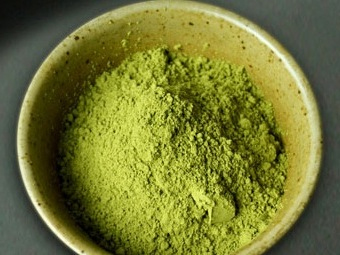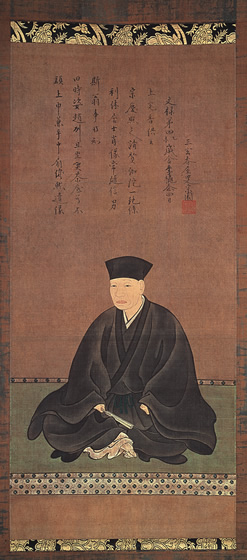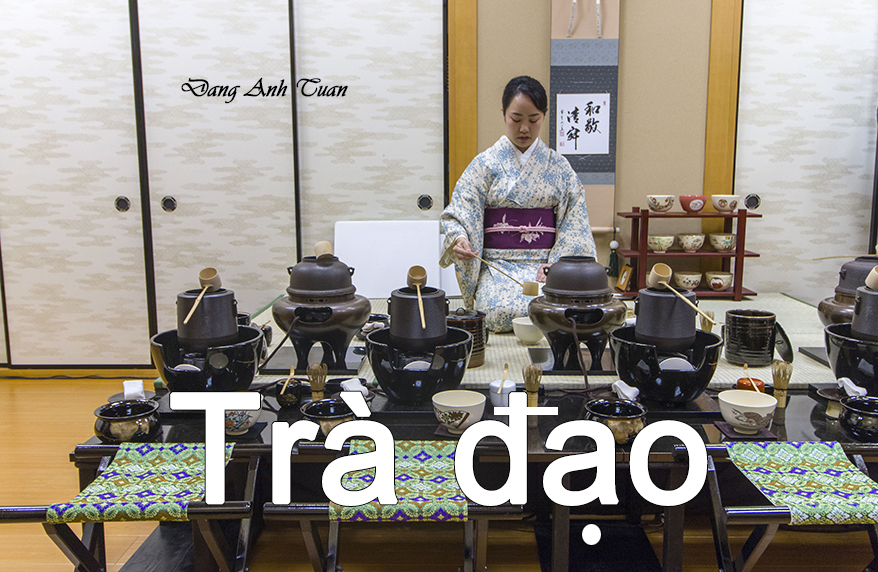Vietnamese version
French version
Before talking about the Japanese tea ceremony (or chanoyu), it is desirable to mention the origin of tea. Was tea discovered by the Chinese? Probably not, because no wild tea trees are found in China. However, this primitive plant of the same family as the Chinese one (Camellia Sinensis) was found in the northeastern region of India (Assam). Then it was later detected in the wild in the border regions of China such as Tibet, Burma, Sichuan, Yunnan, Vietnam, etc. It is interesting to recall that Sichuan was the kingdom of Shu and Yunnan that of Dian, having a very intimate link with the Lo Yue tribe (the ancestors of today’s Vietnamese). Later, these regions Sichuan and Yunnan as well as Vietnam were conquered and annexed by the Chinese during the Qin and Han dynasties. One is led to conclude that the tea tree is not a product of the Chinese, but they had the merit of domesticating this tea tree so that it would have its full delicious aroma. At first, tea was used by the Chinese as a medicine but it was not adopted in any case as a beverage. Its spread to a large number of users took place during the Tang dynasty (starting from 618).
Tea later became a classic beverage widespread in Chinese society with the appearance of the book titled « The Classic of Tea » by Lu Yu (733-804), intended to teach the Chinese how to prepare tea. It is Lu Yu himself who specified in his book: « The tea plant is a precious plant found in southern China. »
The sage Confucius had the opportunity to speak about the Bai Yue people in the « Analects » to his disciples: The Bai Yue people living south of the Yangtze River have a lifestyle, language, traditions, customs, and specific food. They dedicate themselves to rice cultivation and differ from us who are accustomed to cultivating millet and wheat. They drink water from a kind of plant gathered in the forest known as « tea. » It is interesting to recall that from the Qin-Han era onwards, there existed an imperial institution composed of local scholars (the fanshi) considered magicians specialized in star rites and government recipes. Their role was to collect, each within their own territory, ritual procedures, beliefs, local medicines, systems of representations, cosmologies, myths, legends as well as local products and submit them to political authority.
It could either retain them or not and incorporate them in the form of regulations with the aim of increasing imperial power within an ethnologically very diverse nation and providing the emperor with the means for his divine vocation. This is why there were baseless Chinese legends about the tea plant, one involving Bodhidharma, the legendary founder of Chinese Zen religion, and the other involving Shen Nong, the divine Chinese farmer. To resist sleepiness during his meditation, the former cut off his eyelids and threw them to the ground. From this piece of flesh, the very first tea plant of humanity immediately sprang forth. It is certain that Zen monks were the first to use tea to resist sleep and maintain a relaxed and serene mind during their meditation. As for Shen Nong, it was by chance that while resting under the shade of a shrub (tea plant), some of its leaves fell into his bowl of hot water. From that day, he knew how to prepare tea (around 3000 BCE) in his very ancient work « Bencao Jing » dedicated to Chinese medicine. However, this book was written during the Han dynasty (25 – 225 CE). Moreover, it is known that he was buried in Changsha in the Bai Yue region. Was he really of Chinese origin? It would have been impossible for him to travel at that time if he were.
He was obviously part of the Bai Yue because his name, although written in Chinese characters, still retains a structure coming from the Yue (normally, Nong Shen should be written in Chinese characters). The Chinese place great importance on the quality of tea.
Tencha
They consider tea preparation as an art. That is why they are interested not only in selecting the highest quality teas but also in the accessories necessary for preparation (teapots, spring water, filtered or potable water, etc.) in order to achieve a specific, delicious, and light taste. As for the Japanese, tea preparation is considered a ritual because they learned about tea and its preparation from Zen monks. They elevate tea preparation as « an art of Zen living » while more or less maintaining Shinto influence. With the four fundamental principles of the way of tea: Harmony (wa), Respect (Kei), Purity (Sei), Tranquility (Jaku), the guest has the opportunity to fully free themselves while maintaining a harmonious sharing not only with nature, the accessories used in tea preparation, the place of the ceremony but also with the host and other guests. Upon crossing the threshold of the ceremony room measuring 4 tatami mats, the guest can speak more easily to anyone (who could be a monk, a noble, or even a deity) without distinguishing social class, in an egalitarian spirit.
The guest recognizes the quiddity of life, in particular the truth of their own person through respect towards everyone and everything (such as the instruments of chanoyu). Their self-love is no longer present within them, but only a kind of feeling of consideration or respect towards others remains. Their state of mind will be serene when their five senses are no longer sullied. This is the case when they contemplate a painting (kakemono) in the alcove of the room (tokonoma) or flowers in a pot (ikebana) with their eyes. They smell the pleasant aromatic scent through their nose. They hear the sound caused by water heated on a charcoal brazier. They handle the chanoyu instruments (tea scoop, chasen, tea bowl (chawan), etc.) in an orderly manner and moisten their mouth with sips of tea. Thus, all their five senses become pure. Tranquility (jaku) is the result that the tea drinker finds at the end of these three fundamental principles mentioned above, once their state of mind has found complete refuge in serenity now, whether they live amidst the crowd or not. Tranquility is interpreted as a virtue that transcends the cycle of life. It allows them to live and contemplate life in an ordinary world where their presence is no longer necessary.
The guest realizes that the way of tea is not so simple because it involves many rules to be able to drink good tea or not, but it is also an effective means of bringing tranquility to the mind to allow one to reach inner illumination in meditation.
Sen no Rikyu

For the tea master Sen no Rikyu, who had the merit of establishing the protocols for preparing tea, the way of drinking tea is very simple: boil water, then make the tea and drink it in the correct manner.
The way of tea is a sequence of events organized in a scrupulous and careful manner. This ceremony has a maximum of 4 guests and one host. They must walk through the garden of the place where the ceremony takes place. They must perform purification (wash their hands, rinse their mouth) before entering a modest cubic room usually located at the corner of the garden through a very low door. All guests must lower their heads to enter with respect and humility. In the past, to cross the threshold of this door, the samurai had to leave his sword outside the door before meeting the host. It is here that all guests can admire the interior of the room as well as the instruments for tea preparation. They can follow the protocol phases of tea preparation.
Each event carries such a particular significance that the guest recognizes at every important moment of the ceremony. It can be said that the way of tea brings harmony between the host and their guests and shortens not only the distance separating man from the sky but also that between the guests. This is why in the world of samurai, there is the following proverb: « Once, a meeting » (Ichigo, ichie) because no encounter is the same. This allows us to be like the samurai of old, in the present moment to savor and slow down each instant with our loved ones and friends.

